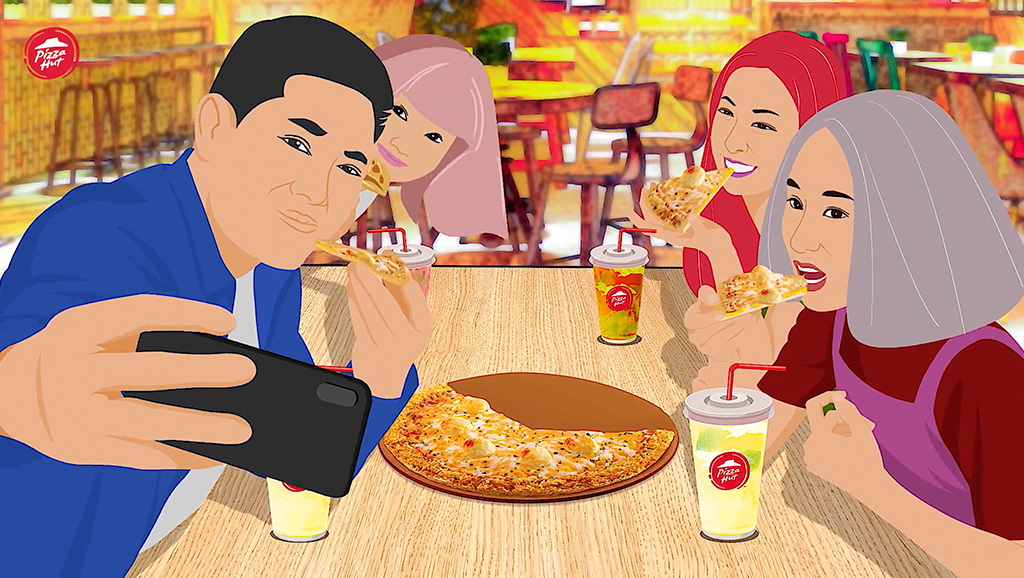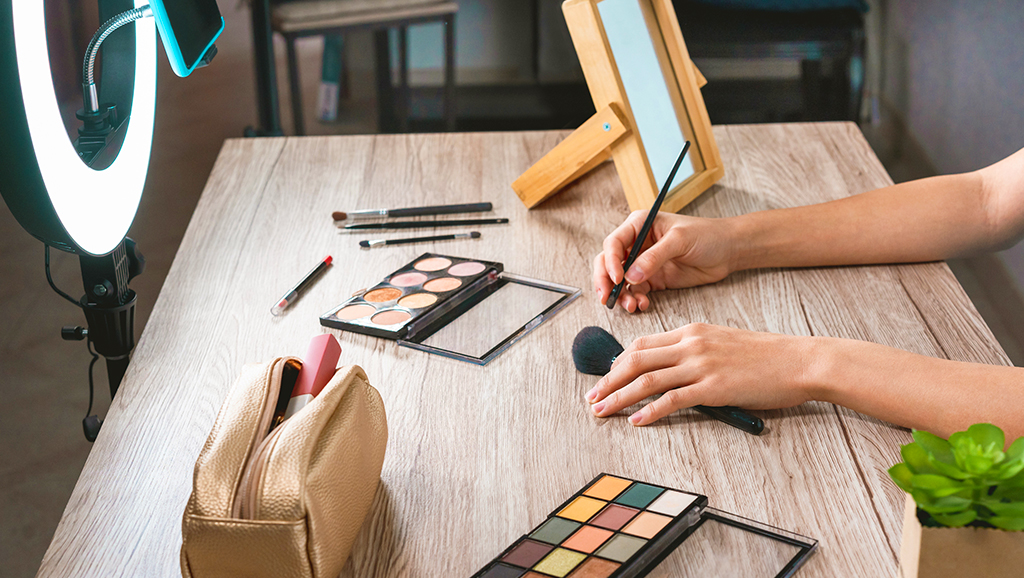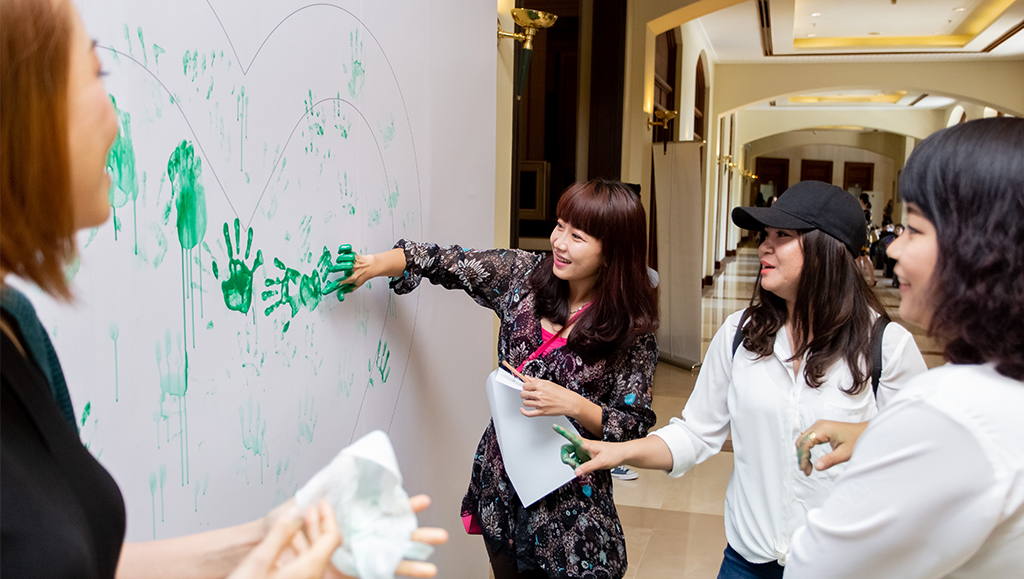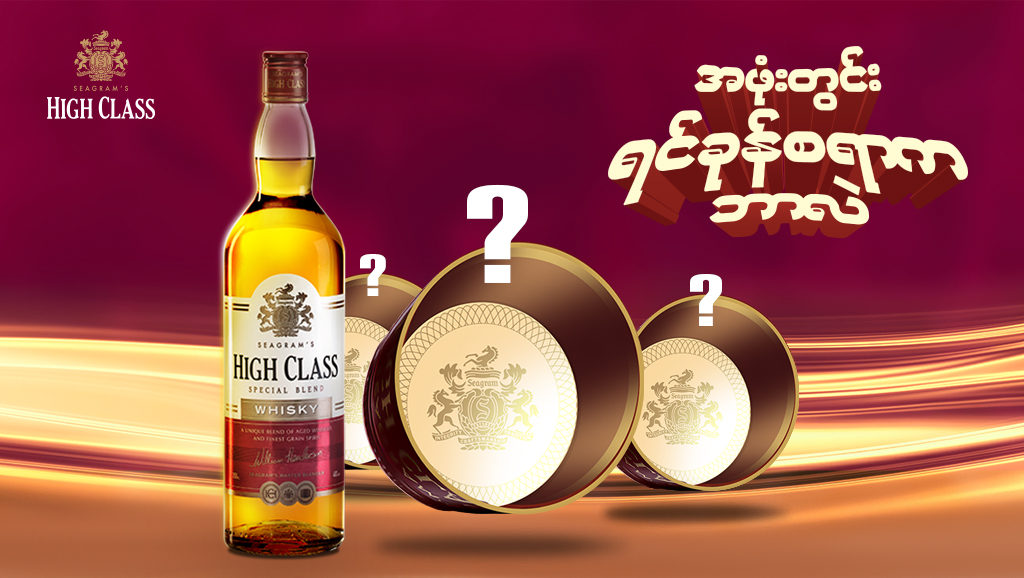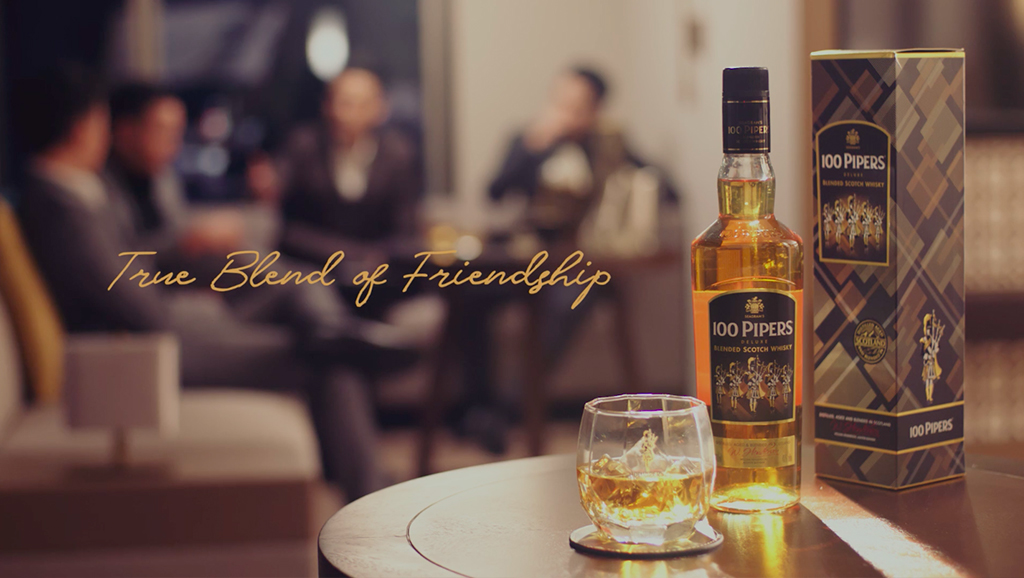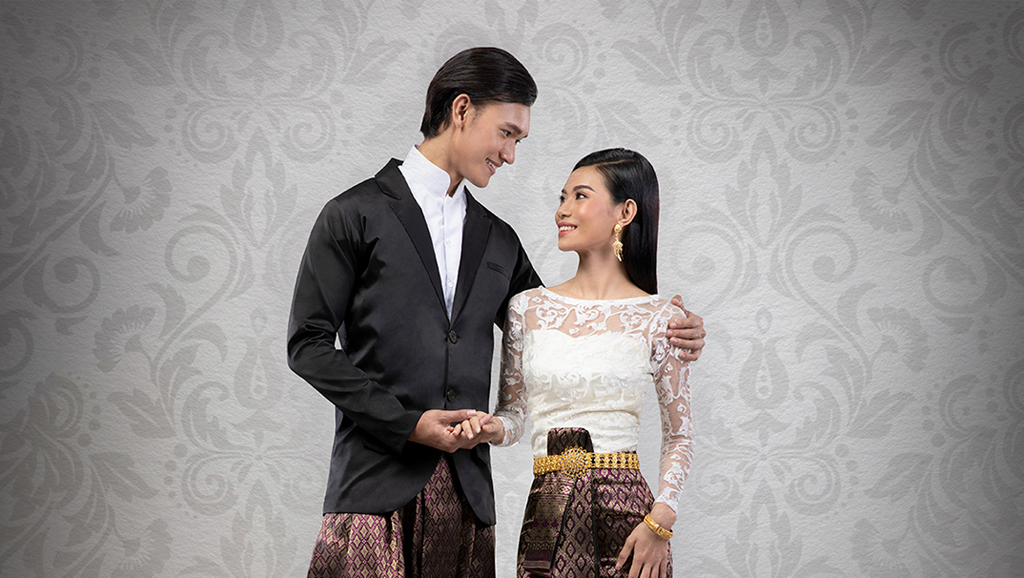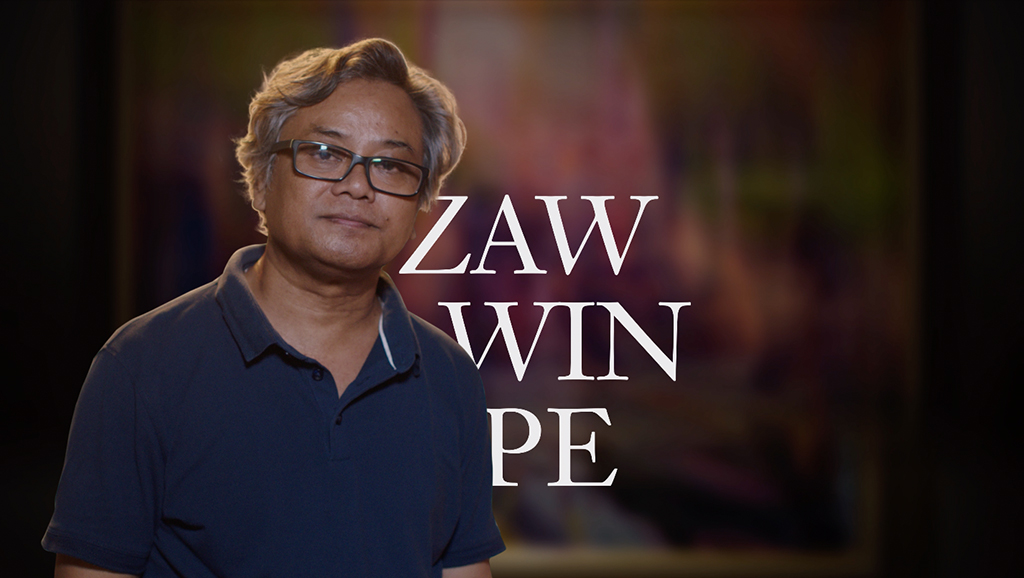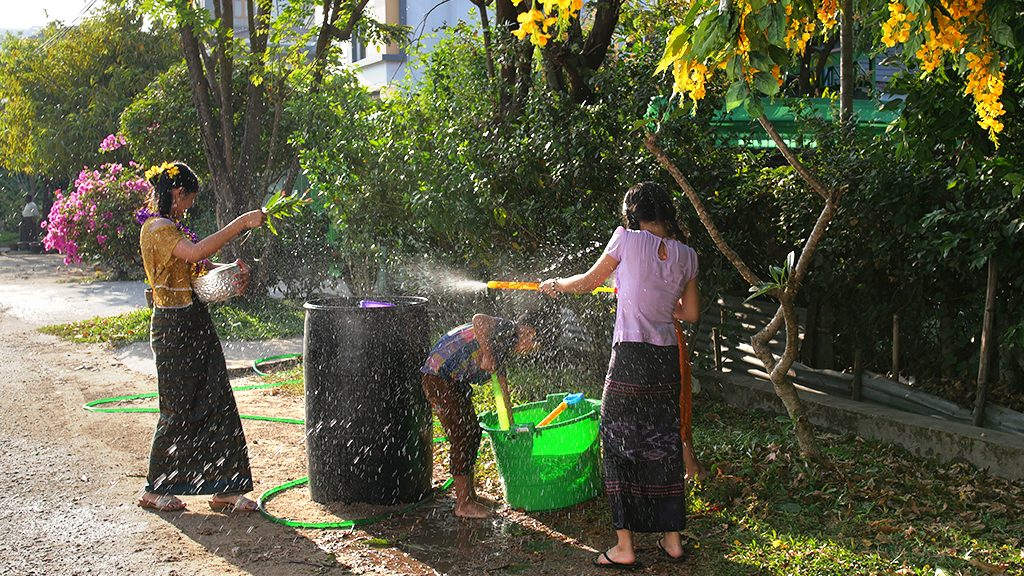

If you’re travelling to Myanmar for the first time, you are certain to be awe-inspired by the gentle hearts of Myanmar people. It is common for random strangers to smile at you on the street, and locals are always eager to help friendly foreigners. At times, you might even wonder if Myanmar people are capable of showing anything but kindness. But if you truly go looking for the wild side of this gentle country, you’ll find it in Lethwei, otherwise known as Myanmar Kickboxing.
What is “Lethwei”?
Literally translated, Lethwei means “swinging or making strikes with hands.” It’s an ancient Myanmar sport, dating back to the Pyu Era in the 2nd century BCE and has been enjoyed by Myanmar people ever since. Behind football, this brutal combat sport is the most popular pastime in the country.
What makes it different than western-style boxing and kickboxing? Imagine MMA without chokeholds and boxing without gloves, add a lot of high kicking and you have Myanmar Kickboxing.
In the place of gloves, a small bandage or pad is wrapped boxers’ knuckles, allowing for freer movement of fighters’ arms. But in close combat, Lethwei fighters will make use of other body parts as well. Punches, kicks, elbow and knee strikes, along with headbutts are all allowed, and even encouraged in Lethwei. Many fighters have been KO’d with one strong, perfectly timed headbutt.

The Rules
Two referees supervise a Lethwei match, but there is no point system. Matches start with a Lekkha Moun or “arm clap,” a traditional taunting gesture. It’s used to challenge opponents while also showing them respect. The move is completed by clapping the skin between the forearm and upper arm with a cupped right hand and it is said to be inspired by the flapping movement of the winged beasts on the hunt.
Once started, the only way to win a Lethwei match is by knockout. However, if a fighter is knocked out, they’re given a time-out and chance to come to. But given the brutality of the game, an unconscious fighter rarely gets back on his feet. If the fighter knocked unconscious is unable to join the match again, the standing fighter is then declared the winner.
In matches where both fighters are somehow still standing at the end of time allowed, the match is declared a draw.
Spirits in the Ring
Adding another uniquely Myanmar twist, nearly every Lethwei fighter wraps a talisman or charm around their upper arm, which is believed to bring victory and luck into the ring. Many fighters also have spiritual words, symbols, and patterns tattooed across their bodies. What’s more, it’s not uncommon to see a Lethwei fighter praying to Nats (Myanmar spiritual figures worshipped alongside Buddhist ones) before a match and entering the ring with his own ritual dance.
Not for the Faint-hearted
Despite regulations in modern Lethwei, Myanmar Kickboxing is one of the most intense combat sports a fan can watch, but perhaps also the most thrilling. If you’re an adrenaline junkie who finds themselves in Myanmar and need to get your blood pumping, be sure to visit Thein Pyu Stadium or Thuwunna Indoor Stadium in Yangon for an authentic Lethwei experience. Cheer the fighters on with the local fans and learn a few moves (or how to Lekkha Moun) while you’re at it.


